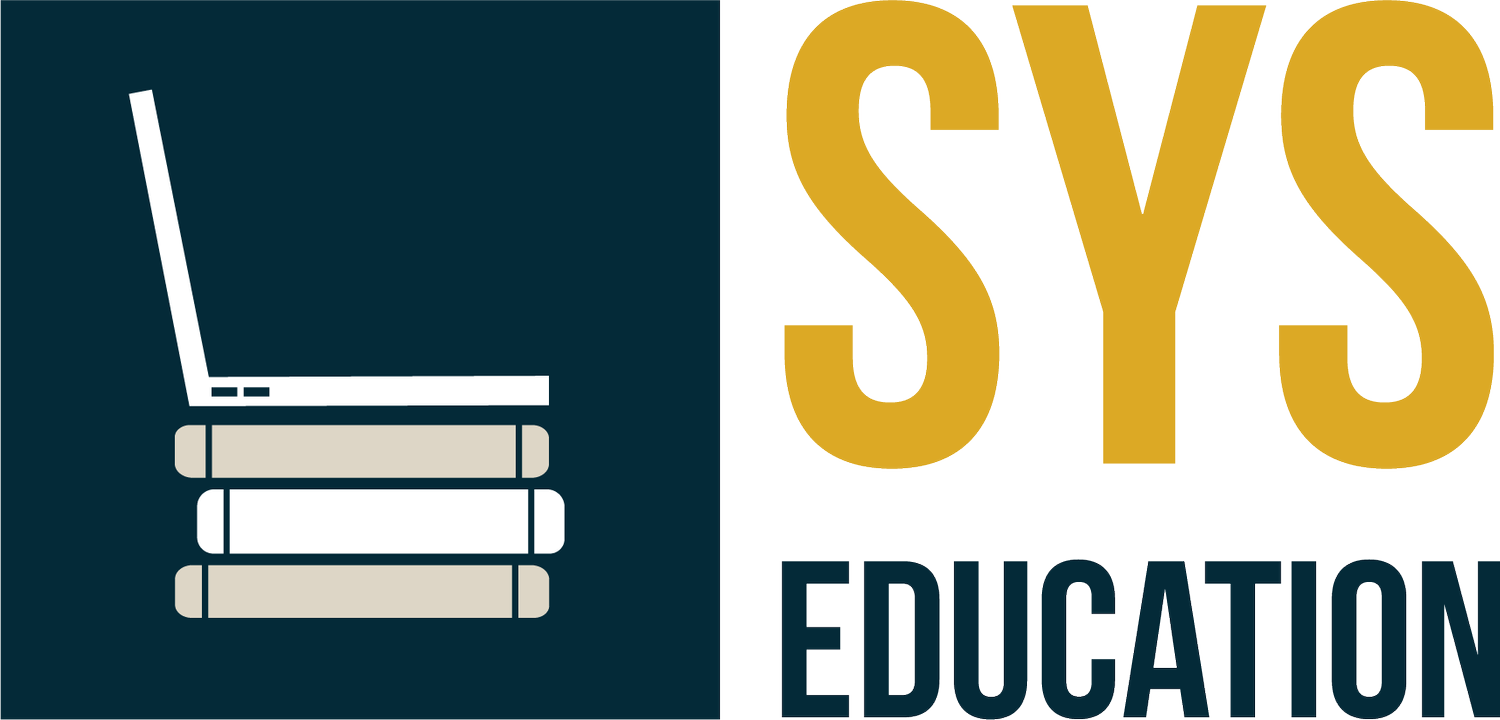Moving Your Favorite Classroom Activity Online
By Ashley White
No Compromises
When I transitioned from teaching in a building to teaching online, I was admittedly nervous about what my class would look like. I had spent seven years building a toolbox full of my favorite go-to activities and loved the collaboration and whimsy in my traditional classroom and was not willing to give that up.
As a language arts teacher, one of my favorite activities for teaching speaking and listening, collaboration, and author's choices in character development is a literary tea party. In my brick and mortar class, I would serve real tea and bring in snacks while students roamed around the room meeting other characters and making predictions about the book. If you have not heard of literary tea parties before, check out this lesson plan (Utica Schools).
How could I transfer that experience to an online environment when students are seemingly siloed behind a screen at their house? Could I replicate some of my favorite learning experiences online? I am here to give you an example of how I adapted my literary tea party to my online classroom.
Before you stop reading because you do not teach language arts, think about how this activity could be flexed to help any student talk about a new topic or text. If you teach non-native English speakers, this activity helps students develop unit specific vocabulary and background knowledge to aid in comprehension (Comprehension Strategies, Burkstrand).
Know Your Constraints
My online classroom uses Canvas as the Learning Management System, or LMS. Students in my high school language arts class meet for one hour in Zoom for “live class”. On days without live class, students engage in video lessons and other dynamic activities at their own pace in Canvas.
When transferring an activity online, you have to know your constraints; my constraints were my one hour class session in Zoom and using Canvas as my LMS. I was also working with some students who could not attend our Zoom class for various reasons, so I knew that I had to provide my non-attenders with equitable access to any learning experience from the Zoom class. I felt a little overwhelmed thinking about how this would work.
UDL Is My Best Friend
One of my colleagues urged me to think about the Universal Design for Learning (UDL) and that was a game changer. I decided to build the tea party into two separate Canvas assignments: a discussion that students would use for the interactive portion and a Canvas quiz where students would reflect and make predictions independently based on their findings. I felt like it was important to attach a grade to these assignments and build them in our LMS so that students who could not attend class could access the activity and practice the skills taught.
The Canvas discussion had differentiated supports including a video lesson, sentence starters, links to character bios, and step by step instructions. The independent reflection included sentence stems for making predictions and inferences about the text. The quiz helped me pinpoint students who needed more support on these skills before our unit actually began.
The Actual Tea Party
I chose to use my Zoom class session for our actual tea party. Students came into class to a slide presentation and we did a quick warm up before diving into the meat of the lesson. Though a teacher could choose many different skills to focus their tea party on, I chose speaking and listening.
I had prepared a series of slides with the guidelines of the tea party and bios of characters from the novel students will soon read. Students “signed up” for a character by writing their name on the character’s bio slide. Then, I had students open their Canvas tea party discussion. We reviewed the instructions there and I gave students a set amount of time to write their post where they pretended to be their chosen character and post on the discussion board answering a few questions.
Next, students were prompted to refresh their screen and voila! Their classmates’ posts appeared and students were able to respond to other characters. To add in some extra fun, I created a few slides that served as our tea party snack table. There were photos of fancy teas and cookies. I had a blank slide where students posted a photo of what they would bring to share at our fancy tea party. The whimsy and novelty of a virtual snack table seemed to intrigue students and add a fun surprise to our class session.
After about 30 minutes of mingling at our virtual tea party, the discussion board was full of posts and replies. I brought students back together in our Zoom session and we debriefed using the microphone and chat pod about the activity and what we thought would happen in the book. Students worked on their independent reflection in Canvas and then class was adjourned.
What I Learned
After my first virtual tea party, I was pleasantly surprised by the engagement and insights gained by students. I noticed that students who may not have fully participated in a brick and mortar classroom were fully engaged online because the barrier of social normalities were removed.
Students who did not attend class were also able to fully participate in the experience by watching the recording of the Zoom class and following along on the discussion board. In an online setting where students sometimes have personal or health reasons for missing class, this access point helped me see the increase in equity from moving my activity online that I could not have replicated in a traditional building.
Adding in some fun, like the virtual snack table and taking on the role of a certain character for the entirety of the discussion, was also a win. I noticed students searching out literary adversaries in the discussion board and figuring out how their character may respond. Students were eager to read the book which was exactly what I wanted out of the activity.
Overall, I learned that with a little creativity and understanding my constraints and tools available, I could adapt any activity from my brick and mortar classroom to my virtual one.
Ashley has taught for over fourteen years, half being in online education. Ashley’s literacy specialist background helps her understand the need for more differentiation and direct literacy instruction for all students and she works hard to build that into her curriculum. At SYS, she serves other teachers through her instructional coaching and is passionate about supporting teachers in developing the best possible learning experiences for their students.


